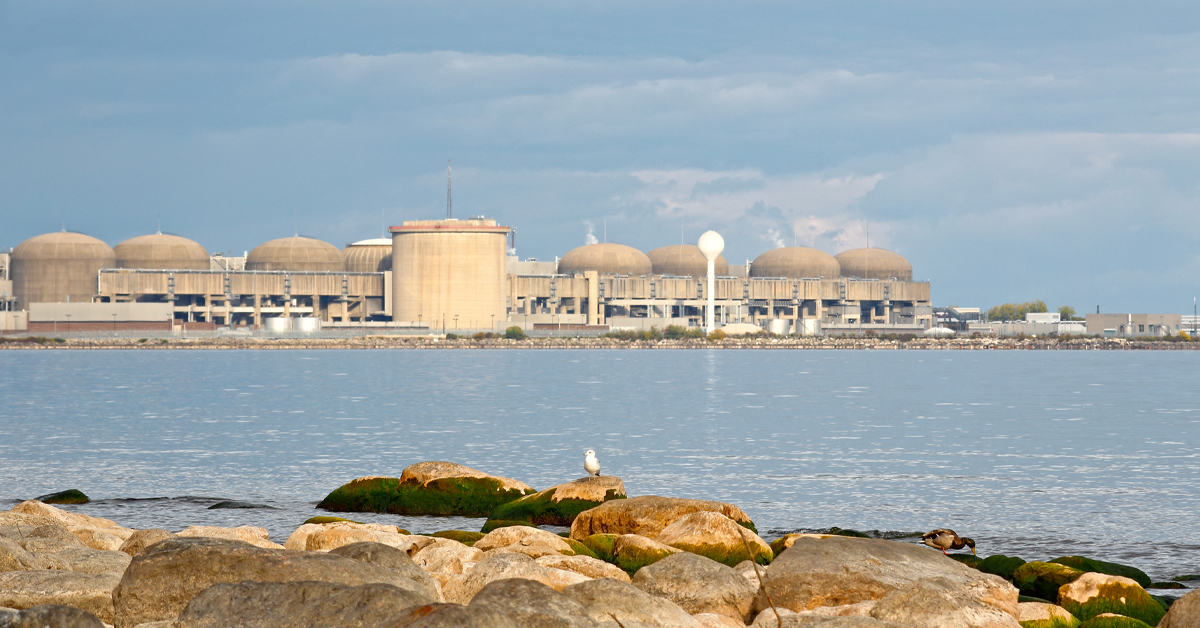As we watch negotiations at the COP29 climate change conference and mark the one-year anniversary of Canada’s pledge to triple its nuclear capacity by 2050, the reality would appear to be clear: there is no feasible net-zero future without the deployment of new nuclear power.
This pledge signals a shift for a country that just three years ago excluded nuclear from its clean energy funding programs. Nuclear power, historically controversial, is increasingly viewed by leaders across the political spectrum as key to helping reduce greenhouse gas emissions.



I think you are looking at this from a total energy lense, rather than an electricity lens.
If we look at this strictly from electrical power generation: we currently have 14.6 TWH nuclear, 5.7 TWH Coal, and 11.8 TWH gas, oil, and others (2020, NR Can). So triple nuclear would be 43.8 TWH, more than enough to absorb both fossil fuel blocks (17.5 combined).
Yeah, total energy according to 2023 EIA figures and to be clear what I meant to say was that tripling nuclear would mean adding an amount equal to 20% of the current total of fossil fuels. The higher efficiency of e.g. electric transport does make some difference there, but all the fossil fuel use does need replacing somehow (the article was explicitly talking about “net zero” goals) and in optimistic scenarios that’s in large part through greatly increased electric generation.